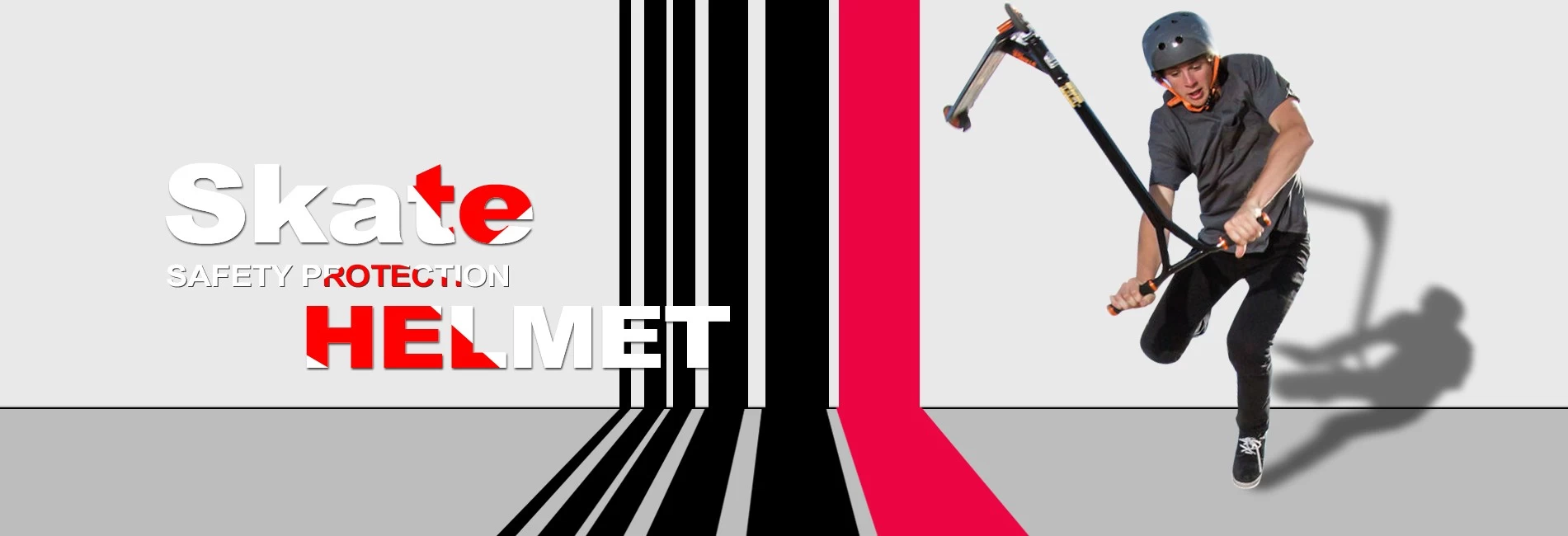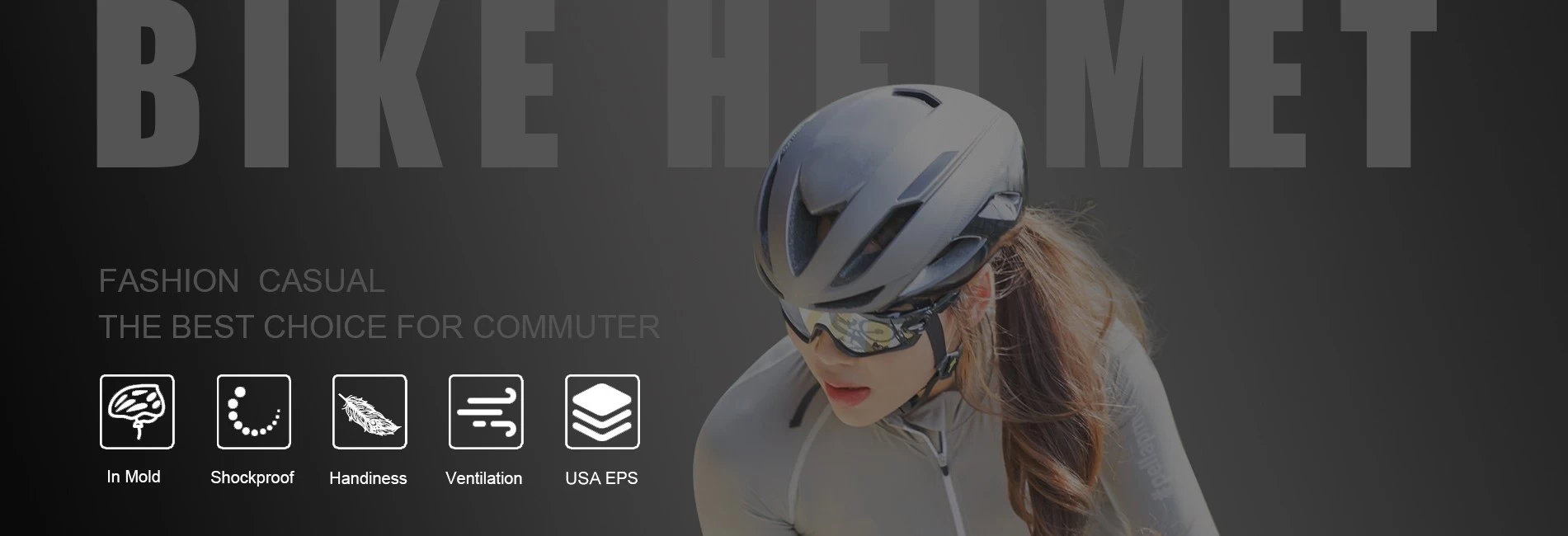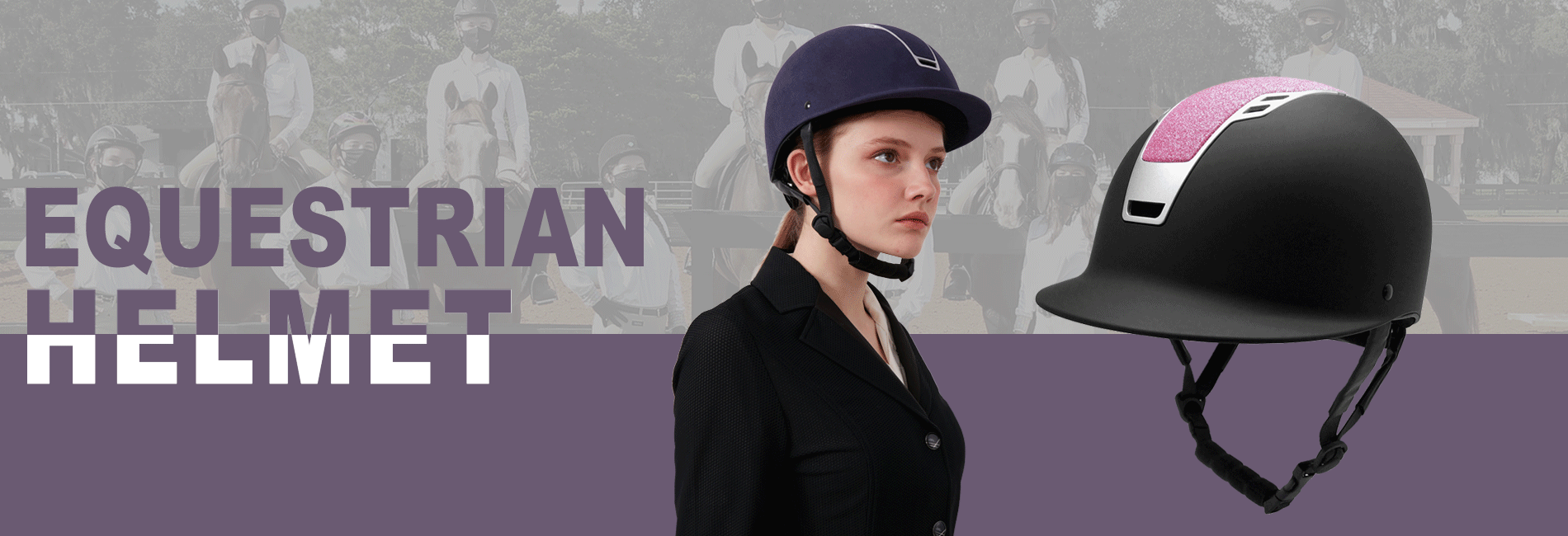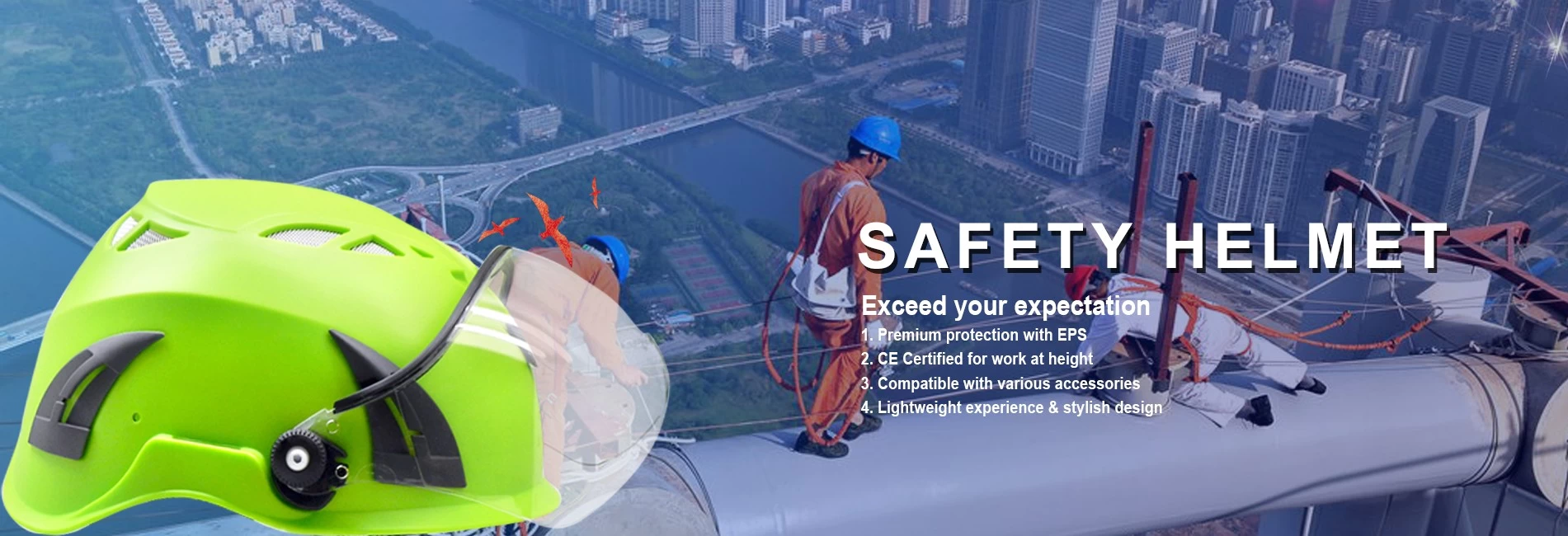Curling helmets: 2015 fall renews safety gear questions
aurora
Curling helmets
2015-12-02 19:34:38
A frightening fall in a Canadian men's curling event has renewed concerns about safety and whether helmets should be worn on the ice.
Newfoundland and Labrador Olympic gold medallist Brad Gushue fell face-first onto the ice at the Masters in Nova Scotia on Saturday, leaving behind a pool of blood. He ended up needing stitches for a gash above his eye and was able to return to the game.
But the injury could have been much worse. With concerns about concussions in such other sports as skiing, skating and cycling, some are wondering it it’s time for curling to look at introducing helmets as safety gear too.
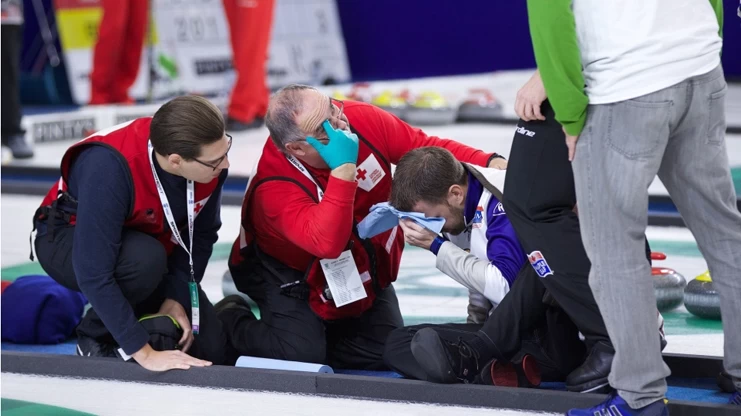
Several curling clubs across the country have already brought in policies calling for players under 12 to wear helmets during curling lessons.
Curl Manitoba executive director Craig Baker says, since there’s no regulated curling helmet, kids are using whatever they have.
"They don't say what kind of helmets, so we have seen everything from a ski helmet to a hockey helmet to a bike helmet,” he tells CTV Winnipeg.
A few companies are making protective headgear specifically for curlers. The items are made to look like toques, caps or headbands, but contain a ring of protective foam.
Baker said Gushue's fall will likely result in a discussion about setting protocols for when a curler can return to the game after a head injury.

But when it comes to wearing helmets onto the curling sheet, Baker says the sport is steeped in tradition and any move to make them mandatory likely won't happen overnight.
Curling mom Lisa Rogers says she doesn’t make her 10-year-old daughter Adria wear a helmet because none of the other kids do. But she says that, considering the kids are on slippery ice when they’re curling, she’s surprised they’re not mandatory already.
"You have to wear helmets to bike ride, you have to wear helmets for all these other sports you're on the ice and you could fall just as easily. And concussions are a really prominent issue,” she says.
Some curlers and parents say they don’t think helmets are needed in curling.
"I don't see any need for it. I think it's a fairly slow sport,” said Todd Peters, whose daughter curls.

Curling injuries may not be common but they do happen. A study released by the Public Health Agency of Canada in April, found 90 per cent of curling injuries resulted from a fall, and more than 30 per cent involved head impact.
The researchers also surveyed curlers about their injuries and found that 41 per cent attributed their fall to a lack of proper footwear.The vast majority of the curlers said they agreed with mandatory curling shoes as a prevention strategy, but only 8 per cent agreed with mandatory helmet wear.
Newfoundland and Labrador Olympic gold medallist Brad Gushue fell face-first onto the ice at the Masters in Nova Scotia on Saturday, leaving behind a pool of blood. He ended up needing stitches for a gash above his eye and was able to return to the game.
But the injury could have been much worse. With concerns about concussions in such other sports as skiing, skating and cycling, some are wondering it it’s time for curling to look at introducing helmets as safety gear too.

Several curling clubs across the country have already brought in policies calling for players under 12 to wear helmets during curling lessons.
Curl Manitoba executive director Craig Baker says, since there’s no regulated curling helmet, kids are using whatever they have.
"They don't say what kind of helmets, so we have seen everything from a ski helmet to a hockey helmet to a bike helmet,” he tells CTV Winnipeg.
A few companies are making protective headgear specifically for curlers. The items are made to look like toques, caps or headbands, but contain a ring of protective foam.
Baker said Gushue's fall will likely result in a discussion about setting protocols for when a curler can return to the game after a head injury.

But when it comes to wearing helmets onto the curling sheet, Baker says the sport is steeped in tradition and any move to make them mandatory likely won't happen overnight.
Curling mom Lisa Rogers says she doesn’t make her 10-year-old daughter Adria wear a helmet because none of the other kids do. But she says that, considering the kids are on slippery ice when they’re curling, she’s surprised they’re not mandatory already.
"You have to wear helmets to bike ride, you have to wear helmets for all these other sports you're on the ice and you could fall just as easily. And concussions are a really prominent issue,” she says.
Some curlers and parents say they don’t think helmets are needed in curling.
"I don't see any need for it. I think it's a fairly slow sport,” said Todd Peters, whose daughter curls.

Curling injuries may not be common but they do happen. A study released by the Public Health Agency of Canada in April, found 90 per cent of curling injuries resulted from a fall, and more than 30 per cent involved head impact.
The researchers also surveyed curlers about their injuries and found that 41 per cent attributed their fall to a lack of proper footwear.The vast majority of the curlers said they agreed with mandatory curling shoes as a prevention strategy, but only 8 per cent agreed with mandatory helmet wear.



